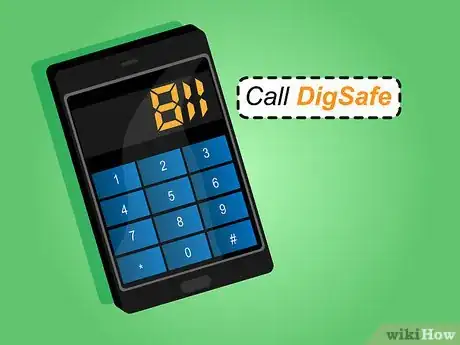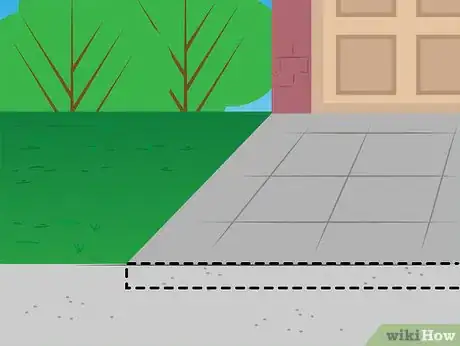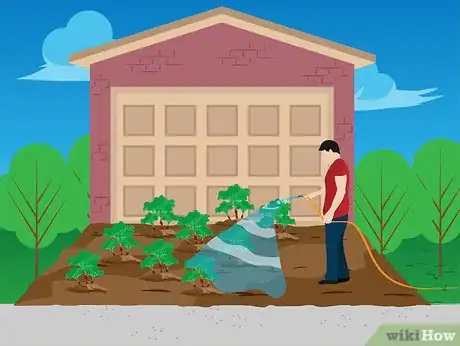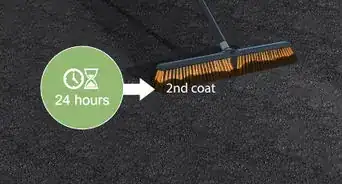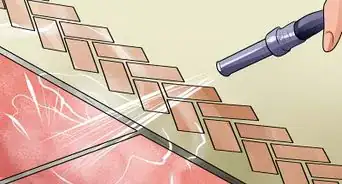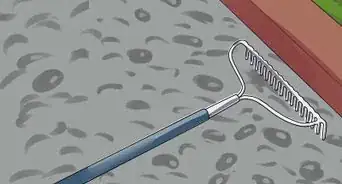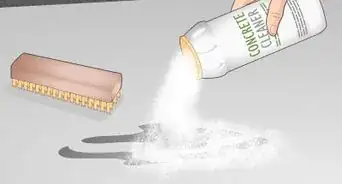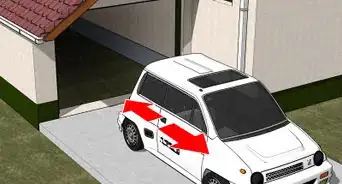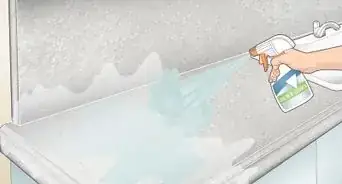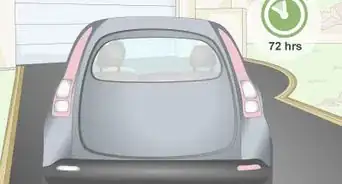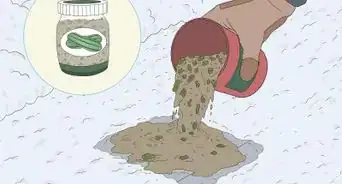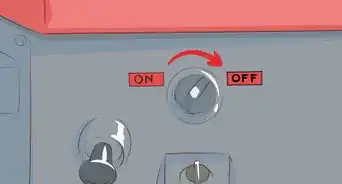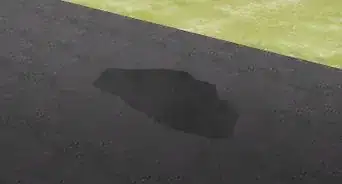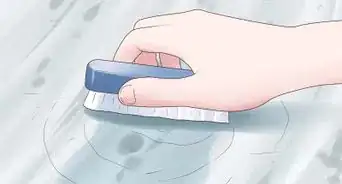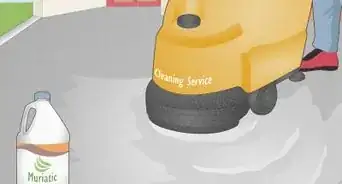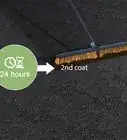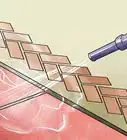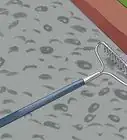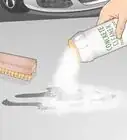X
wikiHow is a “wiki,” similar to Wikipedia, which means that many of our articles are co-written by multiple authors. To create this article, 12 people, some anonymous, worked to edit and improve it over time.
This article has been viewed 47,254 times.
Learn more...
Got some lifeless pavement on your property that you would like to get rid of? Perhaps you would like to replace that oil-stained asphalt with flowers and a vegetable garden? Well, here are some instructions on how you can free your soil.
Steps
-
1Call DigSafe before you dig! Dial 811 to have some friendly folks come out within two days to mark the locations of underground utility lines. It is no fun to accidentally discover a gas line with your pickaxe.
-
2Plan. While you are waiting for the utility notification folks, determine the thickness of the pavement by looking at the edge or by poking at existing cracks. This will allow you determine the total volume of pavement you will need to get rid of.Advertisement
-
3Select your tools. This will depend on the type of pavement, the thickness, the total area you are removing, and your stamina. Small areas of thin (under 3 inches) concrete and asphalt can be removed with a sledgehammer or pickaxe. For larger areas or places with thicker pavement, you will either want to use a concrete saw or a jackhammer. If you are using a jackhammer, select a wider 'spade' bit for asphalt and a narrower 'chisel' bit for concrete. For really large areas over a couple hundred square feet, or if it is reinforced concrete, you will want to rent a skid-steer with a breaker attachment.
-
4Hit the pavement, running. The key to pavement removal is giving the pavement somewhere to move. This means you should start at a corner or at lease an edge if possible. Try to pry a larger breaker bar under the pavement. Place some blocks under the breaker bar, creating a fulcrum, in order to increase your leverage. If you are able to lift up the pavement away from the ground, it will be much easier to break. If you are unable to lift the pavement off the ground, try clearing dirt away from the sides, so the pavement can at least have room to move and break horizontally.
-
5Reuse and recycle. Once broken into manageable pieces, concrete chunks are useful as stepping stones, retaining walls, or as foundation blocks for small structures. If you have no use for it, place an ad on Craigslist, and others will gladly take it off of your hands. Asphalt is less useful to reuse at home, but can be taken to an asphalt recycling place, and then reused by road builders. To ensure your urbanite is quickly and efficiently taken off your hands, consider renting a concrete-only drop box from a company that will haul it off for reuse or recycling.
-
6Re-mediate your soil. Now that the earth underneath the pavement can breathe, you will want to help bring it back to life. Add organic matter such as compost, manure, leaves, wood chips, grass clippings, or food scraps, to help attract critters that will aerate and revitalize the soil. You can also loosen the compacted soil with a spading fork.If you are concerned about soil contamination, you can send a soil sample to a local lab for testing. It is likely that the pavement actually protected the soil from contamination from lead paint, antifreeze, brake dust, or other urban pollutants.
-
7Plant your garden!
Advertisement
Warnings
- Plan for drainage of rainwater, so that your newly freed soil does not turn into a mud pit.⧼thumbs_response⧽
- Keep animals, children, and absent-minded adults away from the work site.⧼thumbs_response⧽
- Only attempt this on your own property or with the permission of the property owner.⧼thumbs_response⧽
Advertisement
About This Article
Advertisement
